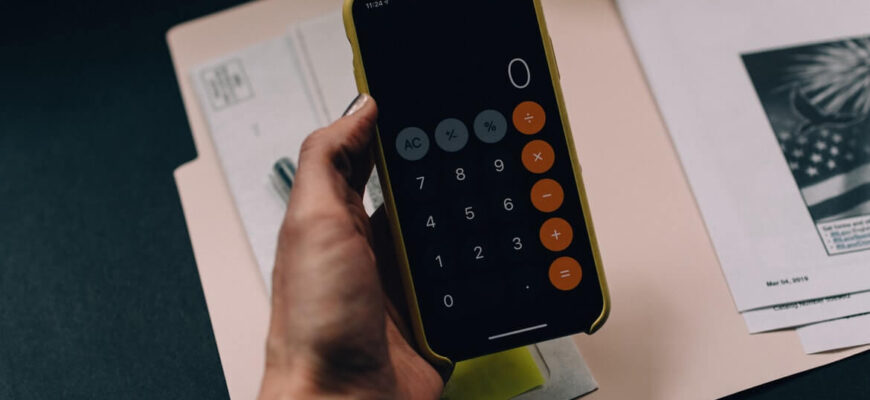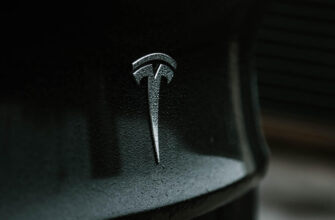I was born in the 1980’s. A world that seems to be truly part of another century. In this decade, there was no Internet, no Netflix, no Facebook, no Google, no Twitter, no Whatsapp, no social media. Hell, there was not even iPods for God’s sake. As a kid, I was listening to John William’s original score from Jurassic Park on my good old yellow Sony Walkman and had to turn over my cassette every twenty minutes or so.
But most importantly, there was no smartphones. In this decade, most people didn’t have any mobile phones… yet. Michael Douglas was testing his heavy and bulky mobile phone on a beach in 1987’s movie Wall Street and suddenly the 1990’s changed all of that.
Come late 1990’s, everyone had a mobile phone. Nokia’s stock was at its all-time high but the user experience was as bad as it could get. Some mobile phones could take pictures that you couldn’t do anything with. Sending a text message would cost you a staggering $0.50 each time and the Wap was supposed to be a stripped down version of the Internet, so drastically complex that no one knew how to even use the thing.
But BlackBerry took it to the next level. If you were a corporate executive in the early 2000’s, chances are that you were glued to your BlackBerry, firing up emails with its excellent keyboard, making this device the ultimate email machine. In 2008, BB’s stock was at an all-time high as well.
But then, everything changed on a fateful day of January 9, 2007, when innovator Steve Jobs introduced the world to the iPhone.
What you may not know is that the change was so important in the eyes of Steve Jobs that the name of the company was changed on that day as well. From Apple Computer, Inc., the company became Apple Inc. Jobs had already foreseen the potential of personal mobile devices. The good-old computers would suddenly become a thing of the past. Today, who has a desktop computer anymore?
THE MOST EXPENSIVE PHONE IN THE WORLD
Following the revolutionary announcement, Microsoft’s CEO at the time, Steve Ballmer, was asked to comment on the keynote. His answer? He laughed at the massive price of the iPhone. “That is the most expensive phone in the world and it doesn’t appeal to business customers because it doesn’t have a keyboard.”
In 2017, the average selling price for a smartphone in the US was $567.
NEW IS BETTER
While consumers are not replacing their phone as fast as they used to do in the 2000’s, still, in the second semester of 2017, US consumers replaced on average their phone every 32 months. Compare that with your TV, bike, couch or any other big purchase.
UNLIMITED BILL
Nowadays, most of the phone contracts are unlimited. But so has become the phone bill. On average, a US smartphone owner pays $80 per month on his/her mobile plan. That’s on top of the $567 for the phone itself.
How is that even possible? In a country where there are more than 30 million WiFi hotspots in the US alone.
Most people have an unlimited plan, but those same people also have a fast WiFi connection at home as well as WiFi at work. How important is it to have data 24 hours a day? But more on that in a future article.
THE $1,000,000 PHONE
Let me come to my main point. On average, US consumers spend around $100 per month for their smartphone and mobile plan combined. In a lifetime (let’s assume from 18 to 65), that sums up to $55,200. But let’s not forget the beauty of compound interest. At a staggering 9.8% return per year – which, by the way, is the average return rate of the S&P; 500 from 1928 to 2016 – those iPhone bills stack up to $1,075,153.
Yes, your smartphone costs you a million dollars over your lifetime.





